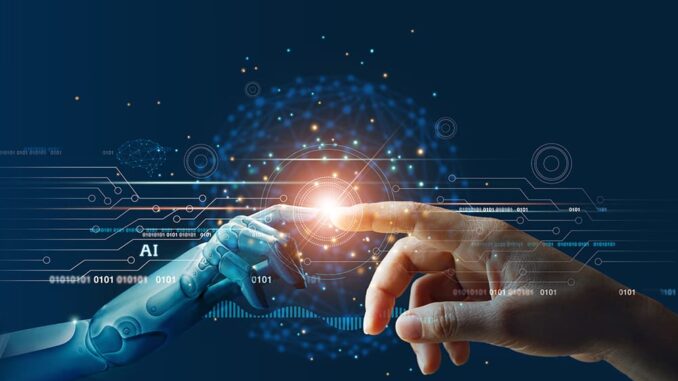
AI’s capability to uncover hidden patterns in vast and complex datasets opens up new frontiers for analysis, decision-making, and innovation. By leveraging these insights, organizations can not only enhance operational efficiency but also improve customer engagement, drive strategic growth, and develop competitive advantages in their respective markets.
The ongoing advancements in AI and machine learning will continue to enhance these capabilities, making pattern recognition an integral part of data-driven strategies across industries.









AI’s ability to uncover hidden patterns in data is one of its most powerful features, enabling businesses and researchers to gain insights that would otherwise be overlooked. Here’s a detailed look at how AI achieves this and the significance of these hidden patterns across various applications:
### How AI Uncovers Hidden Patterns
1. **Data Exploration and Preprocessing**:
– **Initial Analysis**: AI tools can conduct exploratory data analysis (EDA) to identify trends, correlations, and anomalies in datasets.
– **Data Cleaning**: Automated data cleaning processes help eliminate noise and outliers that might skew analysis results.
2. **Machine Learning Algorithms**:
– **Supervised Learning**: Involves training models on labeled data to predict outcomes, uncovering patterns based on known inputs and outputs. This method can help reveal how specific features affect outcomes (e.g., how customer demographics influence purchasing behavior).
– **Unsupervised Learning**: Here, algorithms (like clustering and dimensionality reduction techniques such as PCA) identify intrinsic structures in unlabeled data, allowing for the discovery of hidden groupings or trends without any pre-defined categories.
– **Anomaly Detection**: AI models, especially those using techniques like clustering or classification algorithms, can identify unusual patterns that signal fraud, system failures, or other significant events.
3. **Deep Learning Techniques**:
– **Neural Networks**: Deep learning models, especially convolutional neural networks (CNNs) and recurrent neural networks (RNNs), are adept at detecting complex patterns in image, text, and time-series data. For instance, CNNs can recognize shapes or objects in images, while RNNs can identify patterns in sequences such as speech or text.
– **Generative Models**: Techniques like Generative Adversarial Networks (GANs) can create new data instances based on learned patterns, enabling deeper exploration of potential scenarios or outcomes.
4. **Natural Language Processing (NLP)**:
– **Text Analysis**: AI can analyze large volumes of text data (like customer reviews or social media comments) to uncover sentiments, themes, and trends—enabling businesses to understand customer perceptions and emerging topics.
– **Topic Modeling**: Techniques like Latent Dirichlet Allocation (LDA) allow for identifying topics discussed within a text corpus, revealing hidden structures in unstructured data.
5. **Association Rule Learning**:
– **Market Basket Analysis**: Algorithms like Apriori are used to discover relationships among items in transactional data. For instance, it can reveal that customers who buy bread are also likely to purchase butter, leading to more effective cross-selling strategies.
### Applications of Uncovered Hidden Patterns
1. **Marketing Optimization**:
– Identifying customer segments with similar preferences or buying behaviors allows for targeted marketing campaigns, personalized recommendations, and improved customer experiences.
2. **Fraud Detection**:
– By recognizing unusual patterns in transaction data, AI can help financial institutions detect and mitigate fraudulent activities more efficiently.
3. **Predictive Maintenance**:
– In manufacturing and IoT, uncovering hidden patterns in equipment performance data can predict when machines are likely to fail, allowing for timely maintenance and reducing downtime.
4. **Healthcare Insights**:
– Analyzing patient data can reveal patterns related to disease progression, treatment responses, or potential adverse effects, enabling personalized treatment plans.
5. **Supply Chain Optimization**:
– AI can identify patterns in supply chain operations, helping organizations to manage inventory levels, forecast demand, and optimize logistics.
6. **User Behavior Analysis**:
– In the digital realm, AI can uncover hidden patterns in user interaction with websites or applications, leading to improved user experience design and feature development.


Leave a Reply